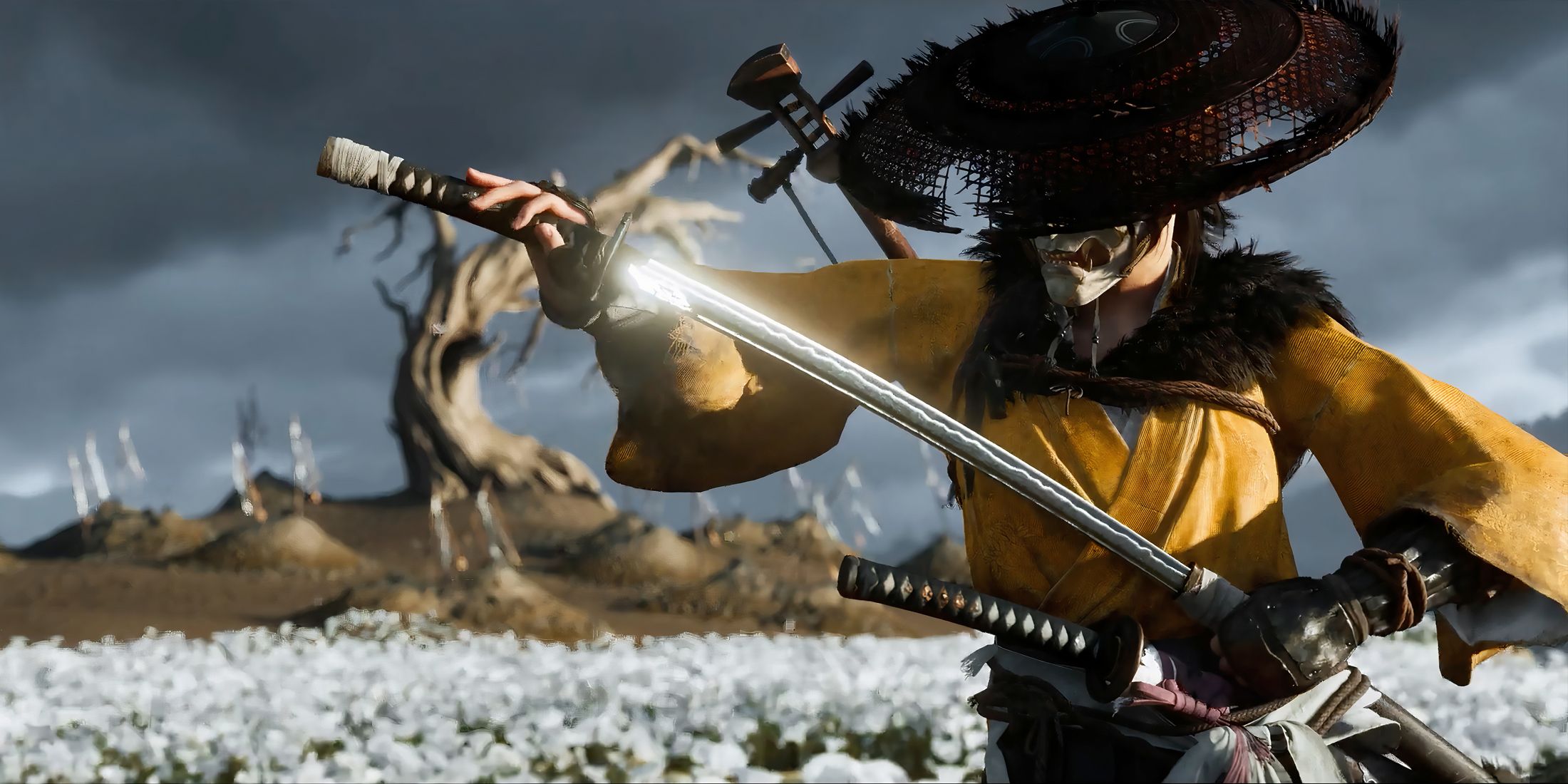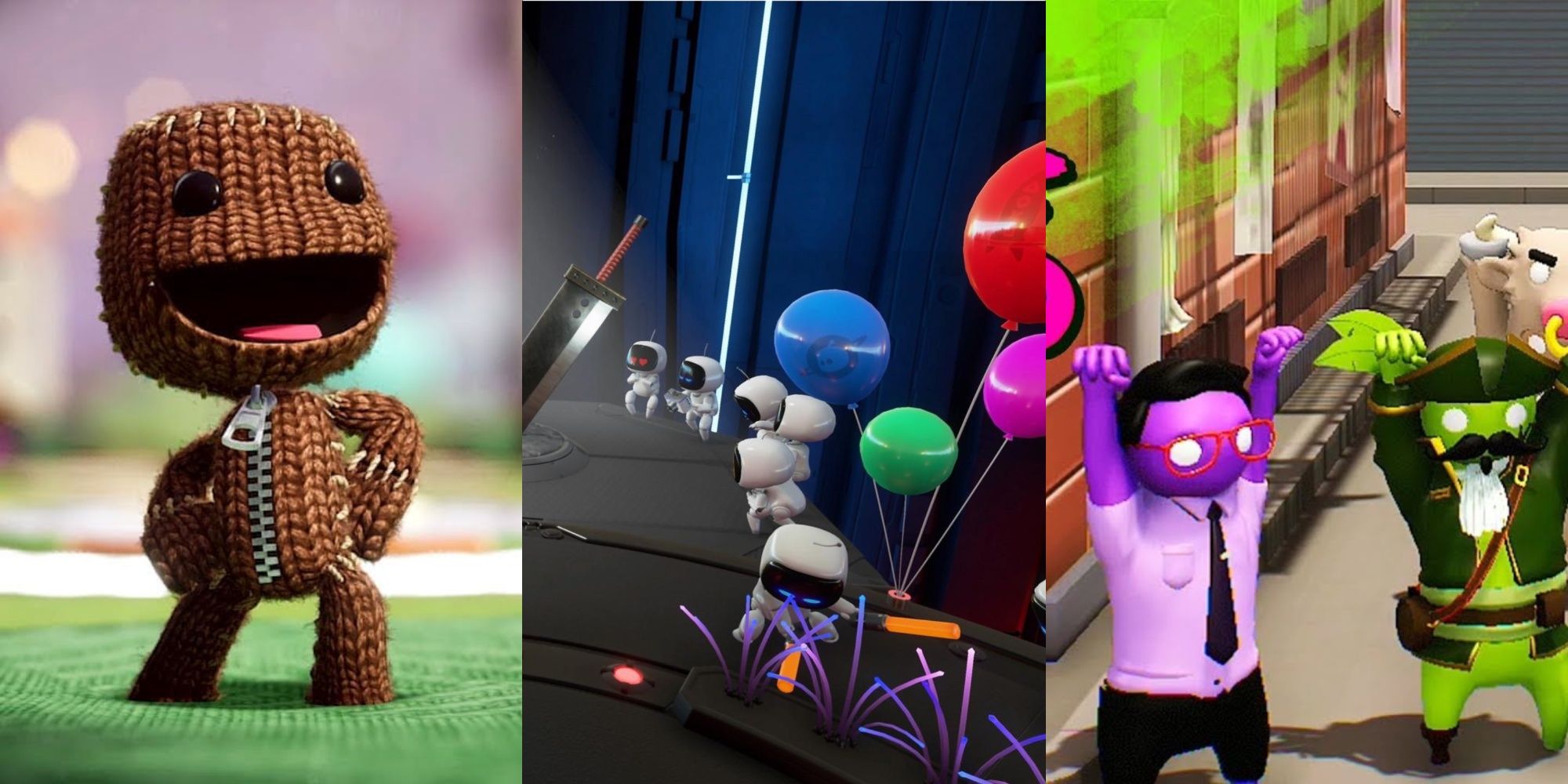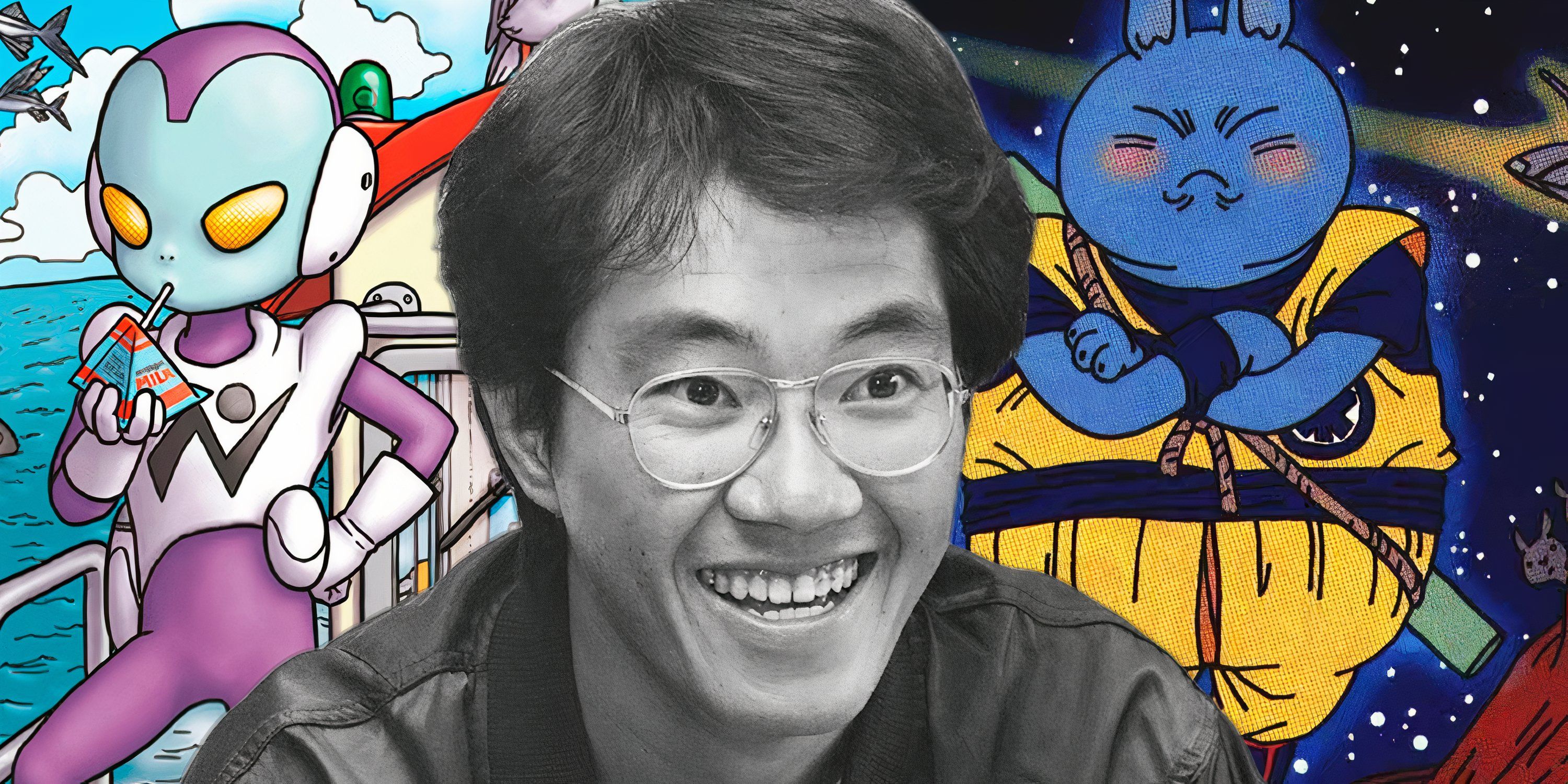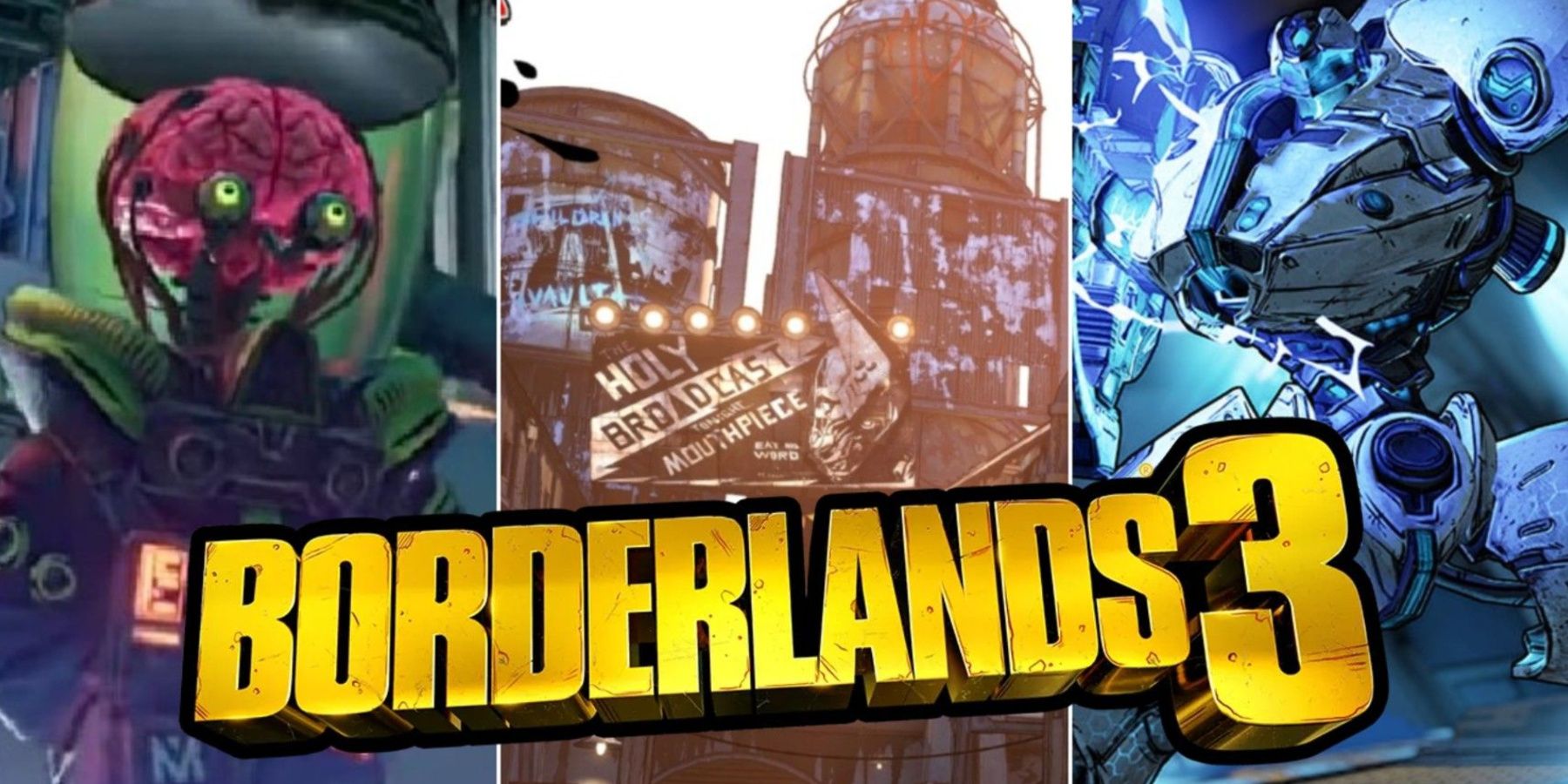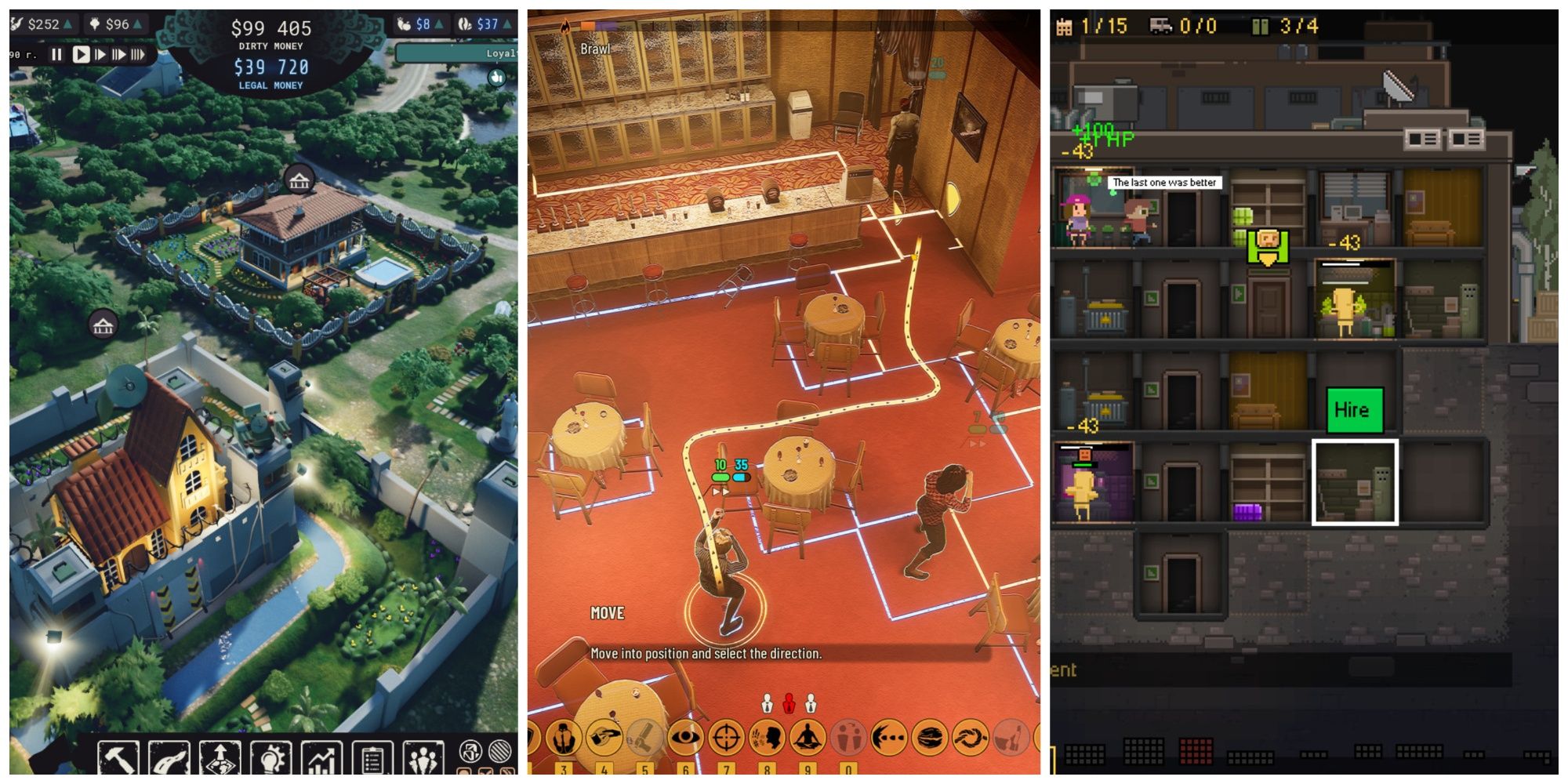Key Takeaways
- Ghost of Yotei features a new protagonist, Atsu, set in 1603, three centuries after Ghost of Tsushima.
- The anthological structure of Ghost of Yotei opens up storytelling opportunities for the franchise.
- The Ghost series can now include multiple protagonists, time periods, and a larger universe.
After what has felt like an eternity of waiting, Ghost of Tsushima‘s long-rumored sequel has finally been revealed, but it may not be what some fans expected. Rather than continuing the story of Jin Sakai from the first game, Ghost of Yotei features a brand-new protagonist named Atsu and is set three centuries after the events of Ghost of Tsushima, at the end of the Sengoku period and the beginning of the Edo period. What’s more is that it will take players “beyond the edge of Japan” to Ezo, in the lands surrounding Mount Yotei, for an original story that may or may not be directly connected to Jin’s.
Though it might come as a disappointment and a shock to some that the beloved Jin Sakai will not be reprising his role as Ghost of Yotei‘s protagonist, this anthological structure the franchise seems to be headed in is arguably exactly what Ghost of Tsushima‘s sequel needed. In the end, it opens up what may now be referred to as Sucker Punch’s “Ghost” franchise to a variety of opportunities it might not have had otherwise.
Ghost of Yotei Is the Best Thing for the Franchise
Ghost of Yotei Establishes an Anthological Structure for the Franchise That a Jin Sequel Couldn’t Have
While it might have been nice to see Jin don the mask of the Ghost once again, Ghost of Yotei opens up the franchise much more than a direct Ghost of Tsushima sequel ever could have. Were the franchise to merely continue with a sequel to Ghost of Tsushima, it might have permanently walled off its overarching narrative, preventing it from exploring anything beyond Jin’s personal story and the lives of those his actions directly influence. Going in this direction could have worked for the franchise, but its future would have been presumably severely limited.
With Ghost of Yotei kickstarting this somewhat unexpected direction for the franchise, Sucker Punch’s Ghost series could potentially become something more akin to Ubisoft’s Assassin’s Creed series. Assassin’s Creed has always given players the opportunity to explore time periods that are centuries apart from one another and yet weaved together by the overarching concept of a shared bloodline of Assassins, which, in turn, has allowed players to experience most of the series’ entries in the shoes of a different protagonist. This has also extended the life of the Assassin’s Creed series, as there is seemingly no end to fascinating historical time periods, original stories to tell, and unique characters to lead them.
Sucker Punch’s Ghost Series Can Now Feature Multiple Protagonists, Time Periods, and a Much Larger World
With this new anthological structure now firmly set in place by Ghost of Yotei, much like the Assassin’s Creed series, Sucker Punch’s Ghost franchise can feature multiple protagonists, different time periods, and a much larger universe overall. In an interview with the New York Times, creative director Nate Fox stated, “When we started working on a sequel, the first question we asked ourselves was, ‘What is the DNA of a Ghost game? It’s about transporting the player to the romance and beauty of feudal Japan.'” Ghost of Yotei bears witness to this with a new protagonist and a fresh open world to explore, setting in stone the franchise’s aim to transport players to a place rather than a person.
It’s currently unclear where the Ghost series might go from here in terms of characters, locations, and time periods, but Sucker Punch reportedly already has plans for multiple spin-offs. It will be interesting to see if and how each of these titles connects with the rest, and whether Jin Sakai ever makes a return in some form or fashion.


